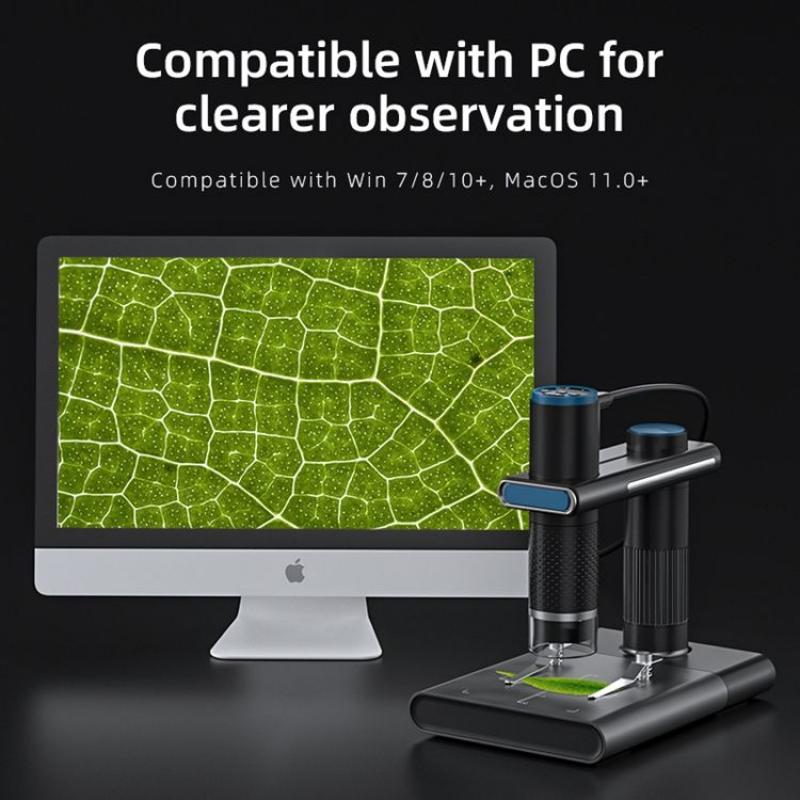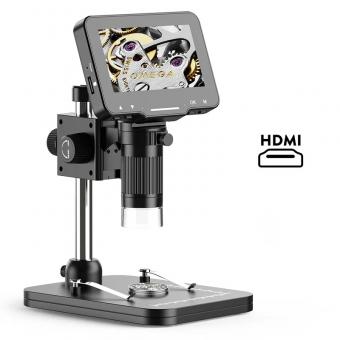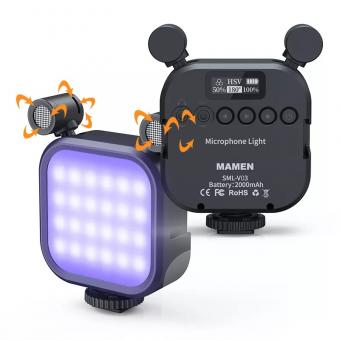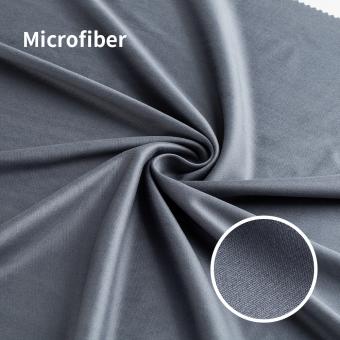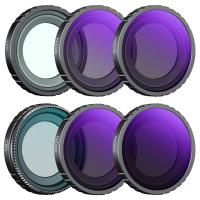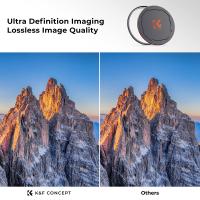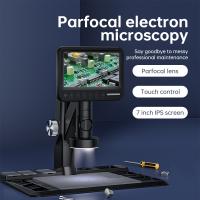Are Scanning Electron Microscope Images In Colour ?
Scanning electron microscope (SEM) images are typically captured in grayscale, not color. The SEM works by scanning a focused beam of electrons across the surface of a sample, and the resulting signal is used to create an image. The intensity of the signal is typically represented by shades of gray, with brighter areas indicating higher signal intensity.
However, it is possible to add color to SEM images using various techniques. One common method is to use software to assign different colors to different materials or features within the image. This can help enhance the visual contrast and make it easier to distinguish different components of the sample. Another approach is to use specialized detectors that can capture signals of different energy levels, which can then be assigned specific colors.
It's important to note that the colors added to SEM images are not representative of the actual colors of the sample. SEM images are primarily used for studying the surface morphology and composition of materials at a very high magnification, rather than for capturing true color information.
1、 Colorization techniques for scanning electron microscope images
Colorization techniques for scanning electron microscope (SEM) images have been developed to enhance the visual interpretation and understanding of the microscopic structures. Traditionally, SEM images are captured in grayscale, representing variations in brightness to depict different materials or surface features. However, recent advancements have made it possible to add color to these images, providing additional information and improving their overall clarity.
Colorization techniques for SEM images involve assigning specific colors to different materials or structures within the image. This can be done manually by an expert or through automated algorithms that analyze the image data. By adding color, researchers can differentiate between various components, such as different types of cells or different layers of a material. This aids in the identification and analysis of microscopic structures, making it easier to interpret the image and extract valuable information.
The latest point of view on colorization techniques for SEM images is that they have the potential to revolutionize the field of microscopy. By adding color, researchers can highlight specific features or structures of interest, making it easier to identify and analyze them. This can be particularly useful in fields such as biology, materials science, and nanotechnology, where precise identification and characterization of microscopic structures are crucial.
However, it is important to note that colorization techniques for SEM images should be used judiciously. The colors added to the images should accurately represent the underlying materials or structures and should not introduce any misleading information. Additionally, the colorization process should not compromise the integrity of the image or the data it represents.
In conclusion, colorization techniques for SEM images are becoming increasingly popular as they enhance the visual interpretation and understanding of microscopic structures. They have the potential to revolutionize the field of microscopy by providing additional information and improving the clarity of the images. However, careful consideration should be given to ensure that the colors accurately represent the underlying materials or structures and do not introduce any misleading information.

2、 Advancements in color imaging for scanning electron microscopy
Advancements in color imaging for scanning electron microscopy (SEM) have revolutionized the way we visualize and analyze microscopic structures. Traditionally, SEM images were captured in grayscale, limiting our ability to distinguish between different materials and their properties. However, recent developments have enabled the acquisition of SEM images in color, providing researchers with a wealth of additional information.
Color imaging in SEM is achieved through the use of energy-dispersive X-ray spectroscopy (EDS) detectors. These detectors measure the characteristic X-rays emitted by the sample when it is bombarded with an electron beam. By analyzing the energy and intensity of these X-rays, the EDS system can identify the elemental composition of different regions within the sample. This information is then overlaid onto the grayscale SEM image, assigning specific colors to different elements.
The introduction of color in SEM images has several advantages. Firstly, it allows for easier differentiation between different materials, enhancing our understanding of their distribution and interactions. For example, in biological samples, color imaging can help distinguish between different cell types or highlight specific organelles. In materials science, color imaging can reveal variations in composition or identify impurities.
Furthermore, color imaging can aid in the interpretation of complex data. By assigning different colors to specific elements, researchers can quickly identify regions of interest and analyze their elemental composition. This can be particularly useful in geological studies, where the identification of minerals is crucial.
It is important to note that color imaging in SEM is still a relatively new technique, and there are ongoing efforts to improve its accuracy and reliability. Researchers are exploring ways to minimize artifacts and optimize the color mapping algorithms to ensure accurate representation of the sample's elemental composition.
In conclusion, advancements in color imaging for scanning electron microscopy have opened up new possibilities for researchers in various fields. The ability to capture SEM images in color provides valuable insights into the composition and distribution of materials, enhancing our understanding of microscopic structures. As technology continues to evolve, we can expect further improvements in color imaging techniques, enabling even more detailed and accurate analysis.

3、 Challenges and considerations in colorizing SEM images
Scanning electron microscope (SEM) images are typically captured in grayscale, as the microscope uses a beam of electrons to create the image. However, there has been a growing interest in colorizing SEM images to enhance their visual impact and provide additional information. While it is technically possible to add color to SEM images, there are several challenges and considerations that need to be addressed.
One of the main challenges in colorizing SEM images is the lack of a standardized method. Different researchers and institutions may use different techniques and color schemes, leading to inconsistencies and difficulties in comparing and interpreting images. Additionally, the process of colorizing SEM images requires careful consideration of the underlying scientific principles and the potential for introducing bias or misinterpretation.
Another consideration is the potential for misrepresentation. SEM images are highly magnified and often show structures that are not visible to the naked eye. Adding color to these images may give the impression of a level of detail that is not actually present, potentially leading to misinterpretation or false conclusions.
Furthermore, the colorization process itself can be time-consuming and subjective. It requires expertise in image processing and color theory to ensure accurate representation of the underlying structures and materials. Additionally, the choice of color scheme can greatly impact the interpretation of the image, and there is a need for consensus on appropriate color schemes for different types of samples and structures.
Despite these challenges, there has been progress in colorizing SEM images. Some researchers have successfully applied color to highlight specific features or differentiate between different materials. However, it is important to approach colorization with caution and ensure that the scientific integrity of the image is not compromised.
In conclusion, while it is technically possible to add color to SEM images, there are several challenges and considerations that need to be addressed. Standardization, potential misrepresentation, and subjective interpretation are among the key challenges. However, with careful consideration and expertise, colorizing SEM images can enhance their visual impact and provide additional information.

4、 Applications of color SEM imaging in various scientific fields
Scanning electron microscope (SEM) images are typically captured in grayscale, as the microscope detects the intensity of the electrons that interact with the sample's surface. However, advancements in technology have allowed for the development of color SEM imaging, which provides additional information and benefits in various scientific fields.
One of the primary applications of color SEM imaging is in materials science and engineering. By adding color to SEM images, researchers can better visualize and analyze the composition, structure, and morphology of materials. This is particularly useful in studying complex materials such as alloys, composites, and polymers, where color can help differentiate between different phases or components.
In biology and life sciences, color SEM imaging has proven valuable in studying biological samples. By assigning different colors to specific structures or components within cells or tissues, researchers can gain a better understanding of their organization and interactions. This can aid in studying cellular processes, tissue development, and disease pathology.
Color SEM imaging also finds applications in geology and earth sciences. By adding color to SEM images of rocks, minerals, and geological formations, researchers can better identify and characterize different mineral phases, textures, and geological features. This can provide insights into the formation processes, geological history, and environmental conditions of these materials.
Furthermore, color SEM imaging has been utilized in the field of nanotechnology. By incorporating color, researchers can visualize and analyze nanoscale structures and devices more effectively. This is particularly important in fields such as nanoelectronics, nanomaterials, and nanomedicine, where precise characterization of nanoscale features is crucial.
It is worth noting that while color SEM imaging offers several advantages, it is still not as widely used as grayscale imaging. This is partly due to the additional complexity and challenges associated with capturing and interpreting color SEM images accurately. However, with ongoing advancements in imaging technology and software, color SEM imaging is expected to become more prevalent in the future, enabling researchers to extract even more information from their samples.
